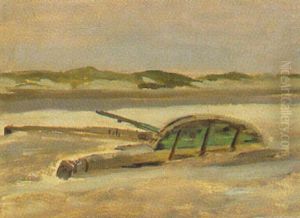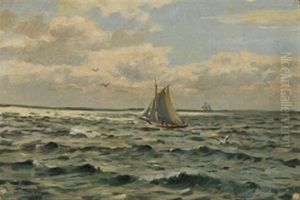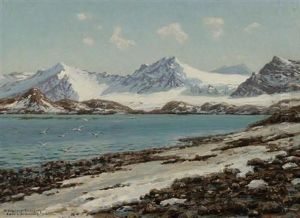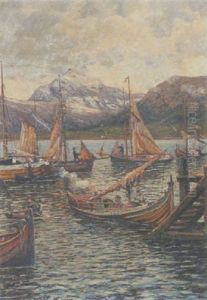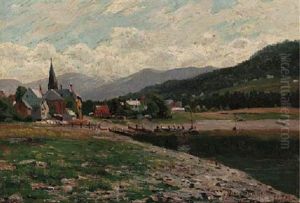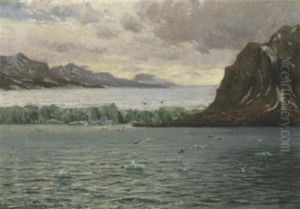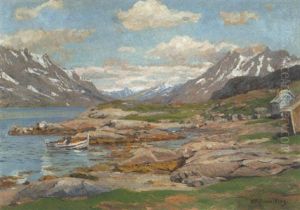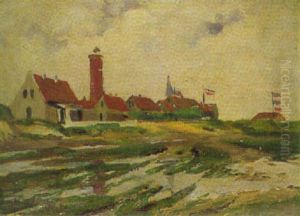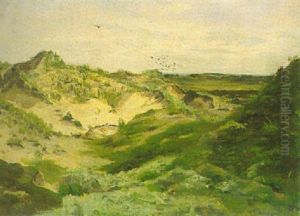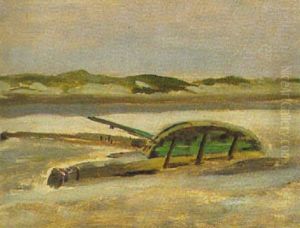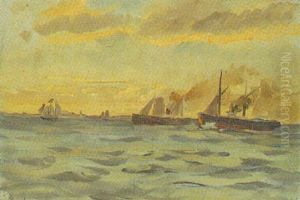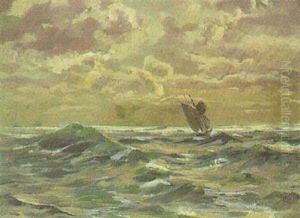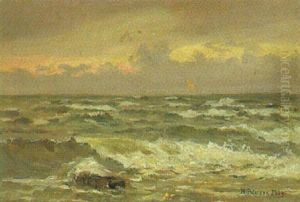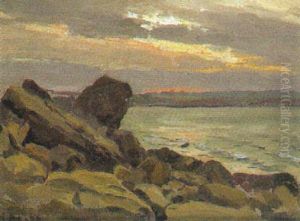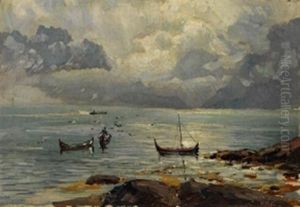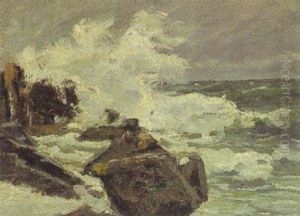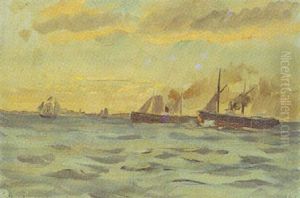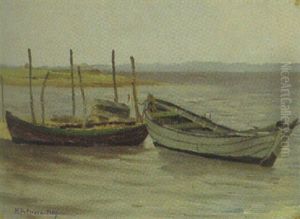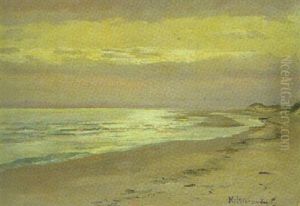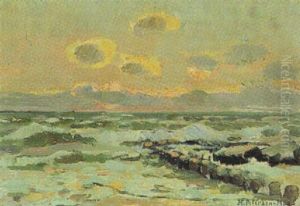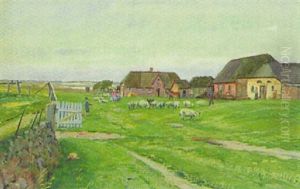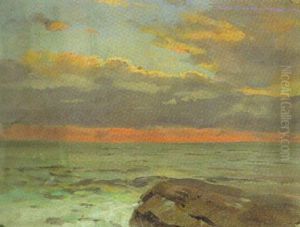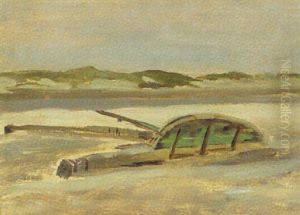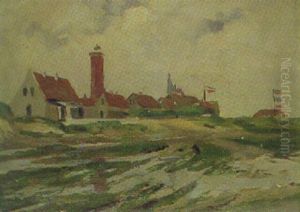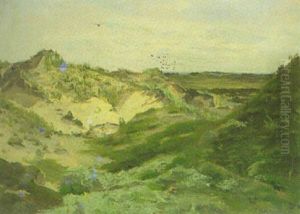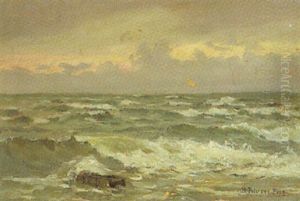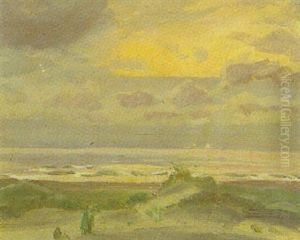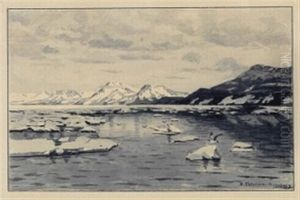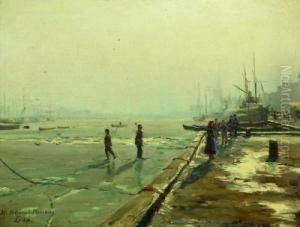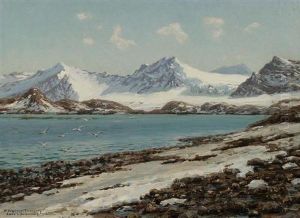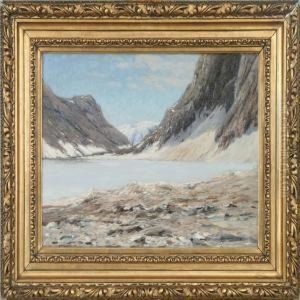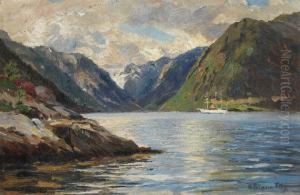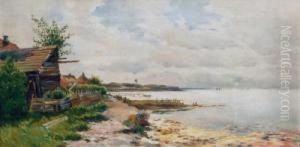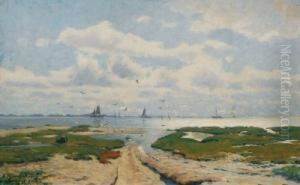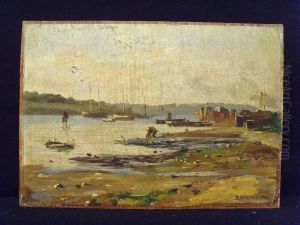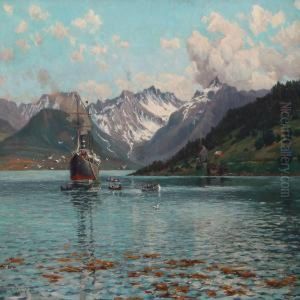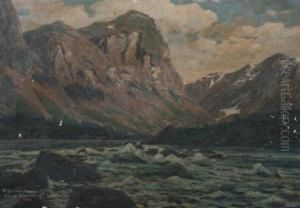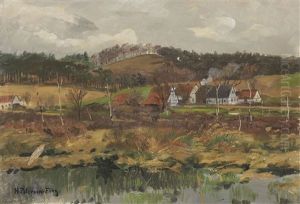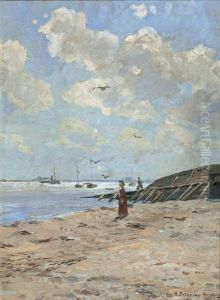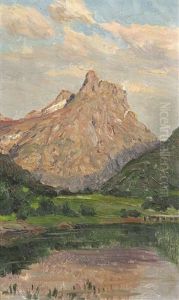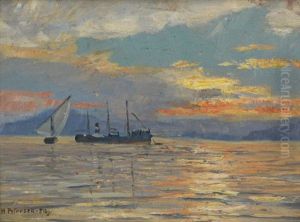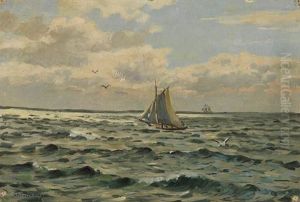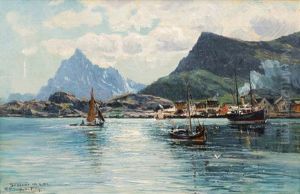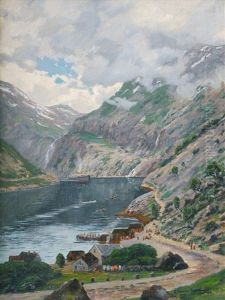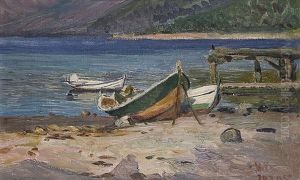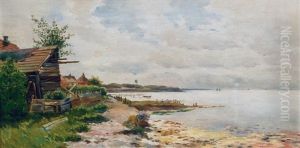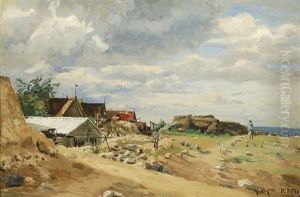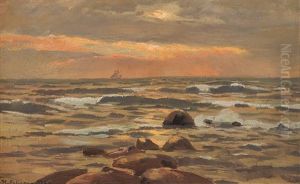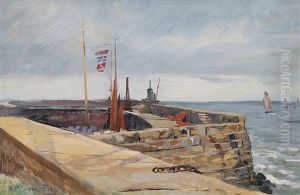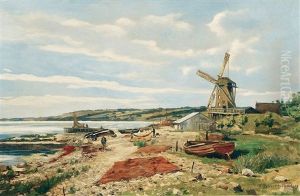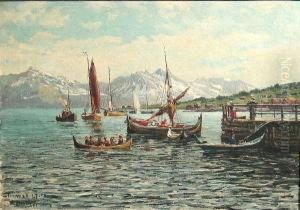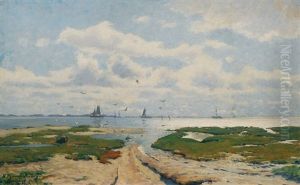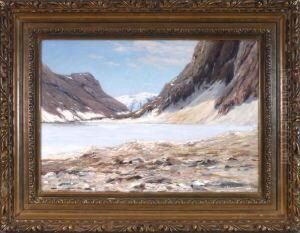Heinrich Petersen-Flensburg Paintings
Heinrich Petersen-Flensburg was a notable German-Danish painter, born in 1809 in Flensburg, then part of the Danish Duchy of Schleswig. Throughout his lifetime, Petersen-Flensburg witnessed and was influenced by the shifting political landscapes of his homeland, which oscillated between Danish and German control, impacting his identity and artistic output. He is particularly celebrated for his detailed landscape paintings and poignant portraits that capture the essence of the 19th-century Northern European Romanticism.
Educated initially in his hometown, Petersen-Flensburg's burgeoning talent led him to further his studies at the Royal Danish Academy of Fine Arts in Copenhagen, where he was deeply influenced by the Romantic movement, particularly the works of Danish Golden Age painters. His education under the tutelage of prominent artists of the time honed his skill in capturing the sublime beauty of nature and the human condition.
Petersen-Flensburg's work is characterized by its meticulous attention to detail, vibrant use of color, and the ability to evoke deep emotional responses. He often depicted scenes from his native Schleswig and the surrounding regions, imbuing his landscapes with a sense of nostalgia and longing, reflective of the era's turbulent political climate and his personal experiences of displacement.
Throughout his career, Petersen-Flensburg exhibited his work in various prestigious venues, including the Charlottenborg Exhibition in Copenhagen, gaining recognition and accolades for his contributions to the art world. Despite facing challenges, including periods of financial difficulty and the complexities of living in a region marked by nationalistic tensions, his art remained a testament to his resilience and creative vision.
Petersen-Flensburg's legacy is preserved in several European art collections and museums, where his works continue to be admired for their beauty and historical significance. He died in 1879, leaving behind a body of work that continues to inspire and captivate audiences with its portrayal of 19th-century European landscapes and life.
